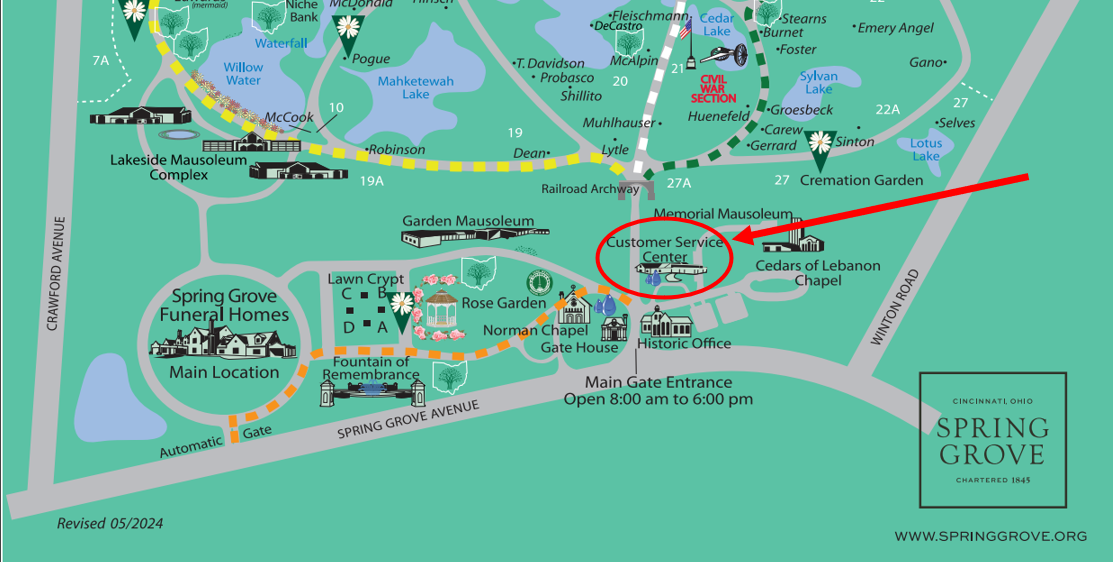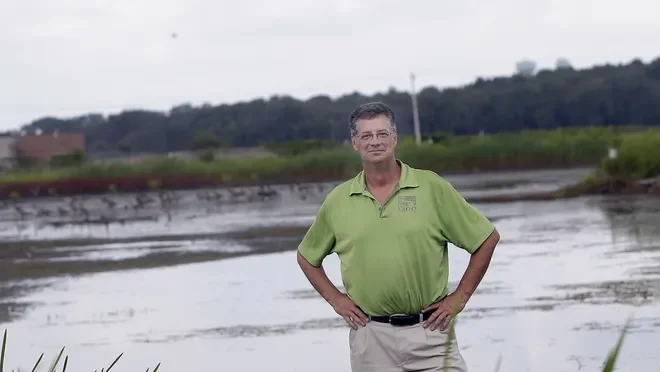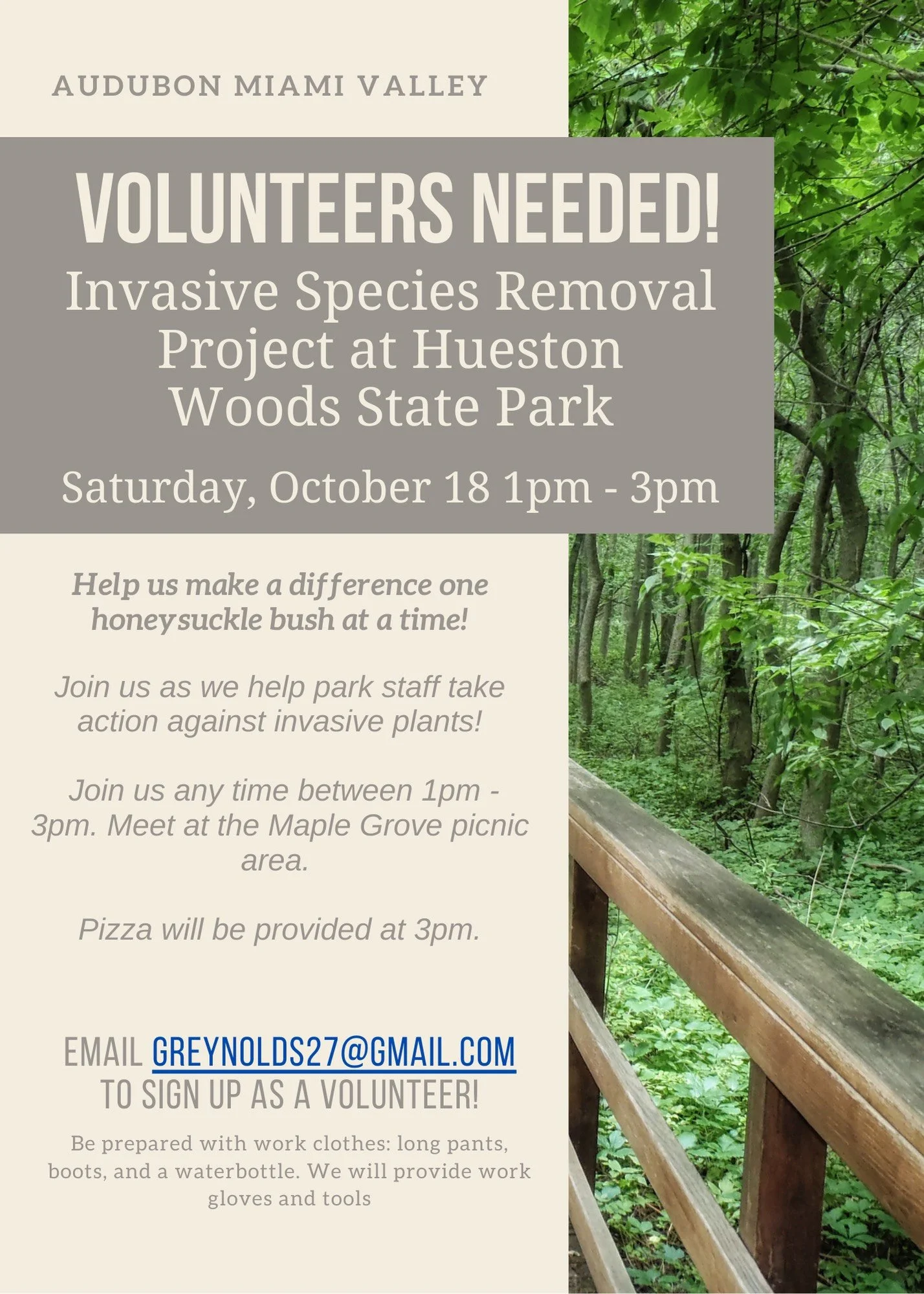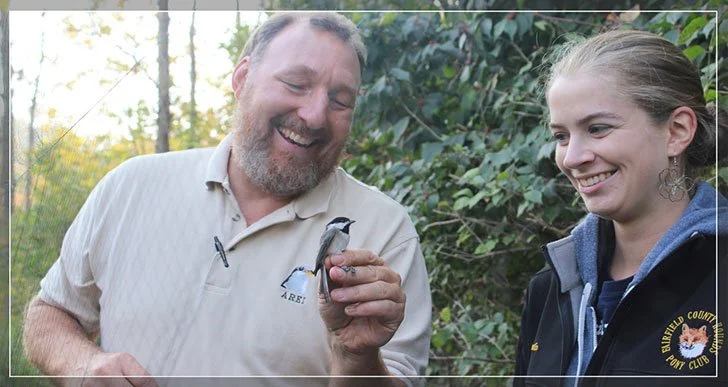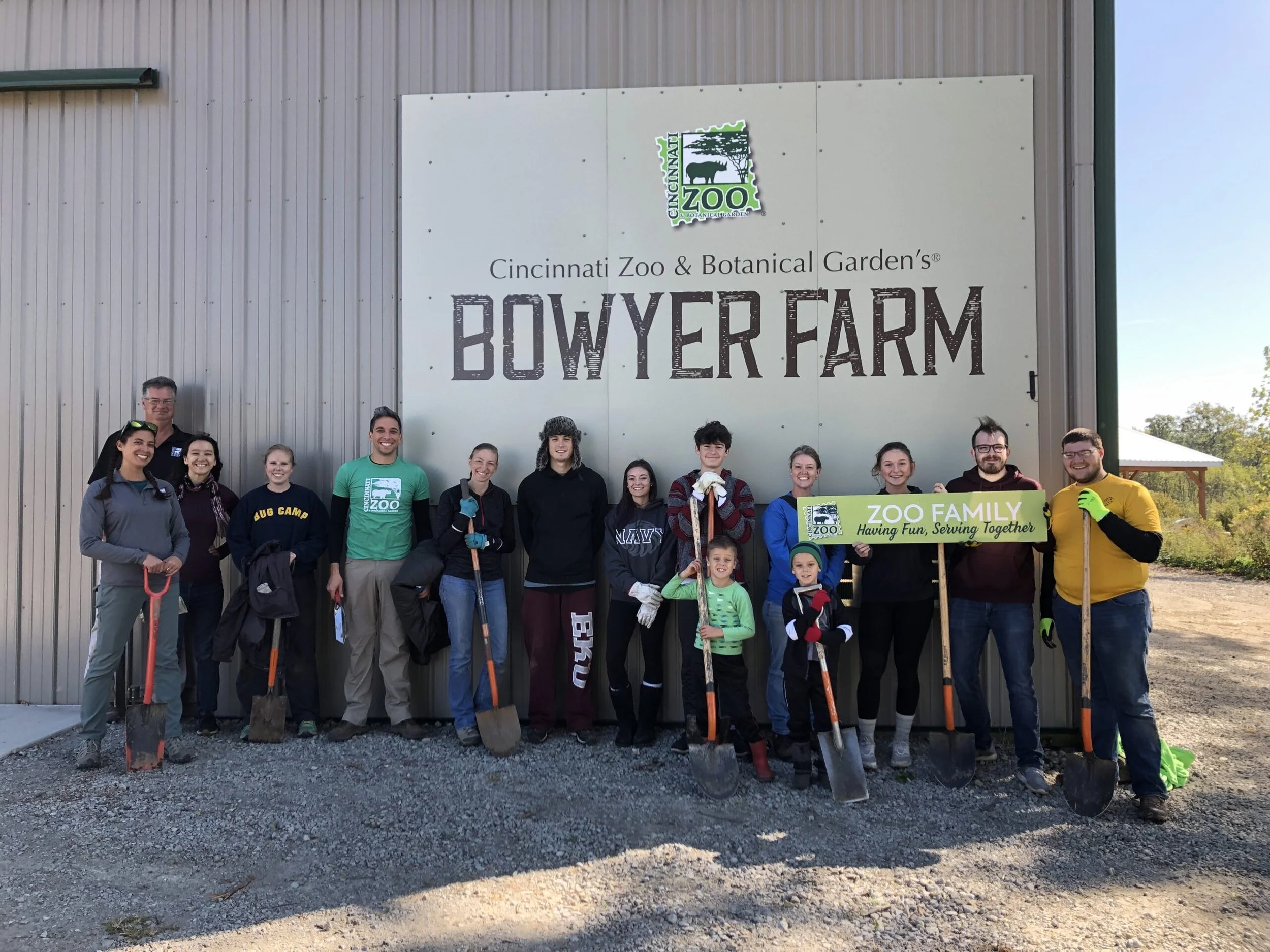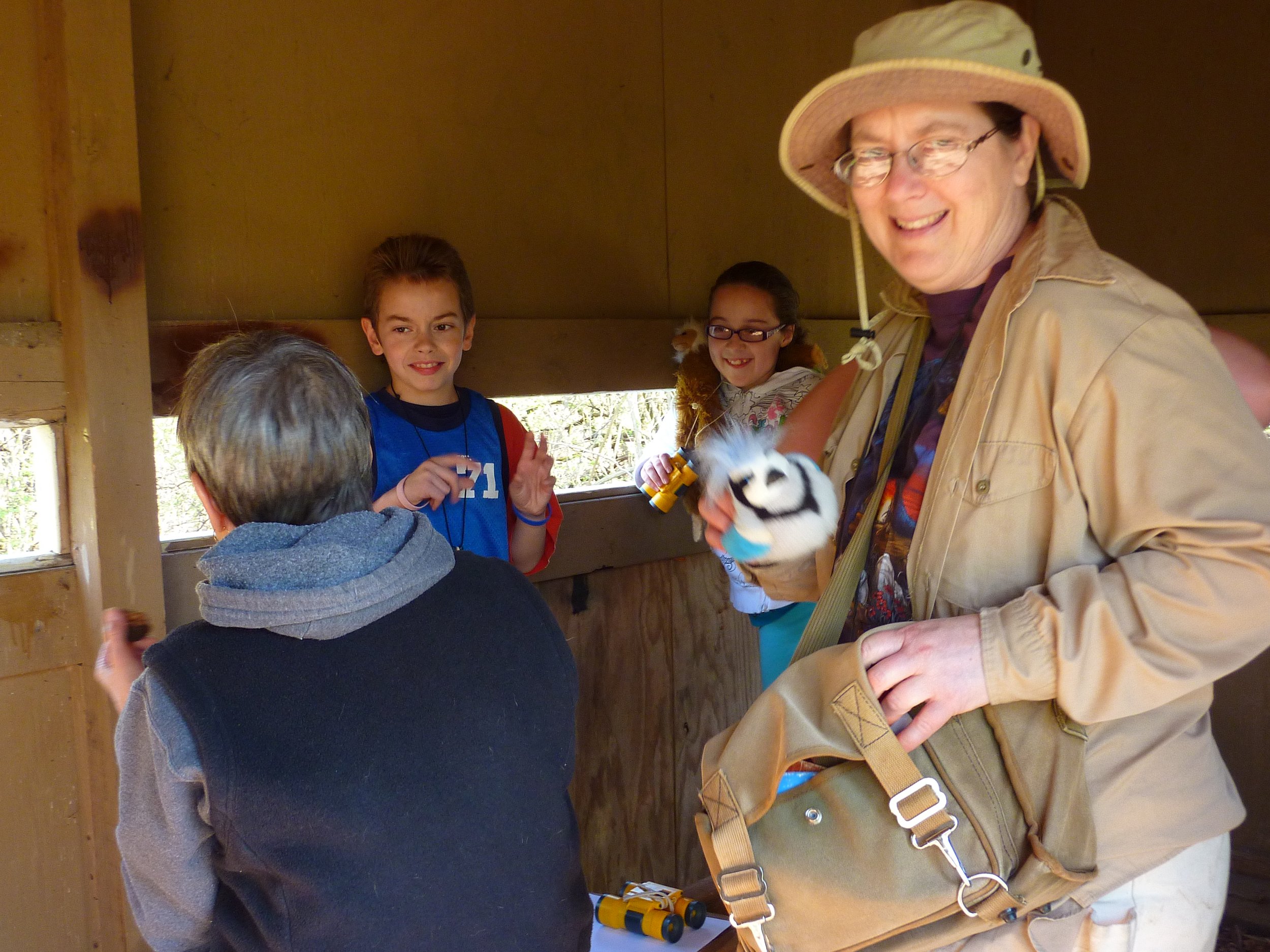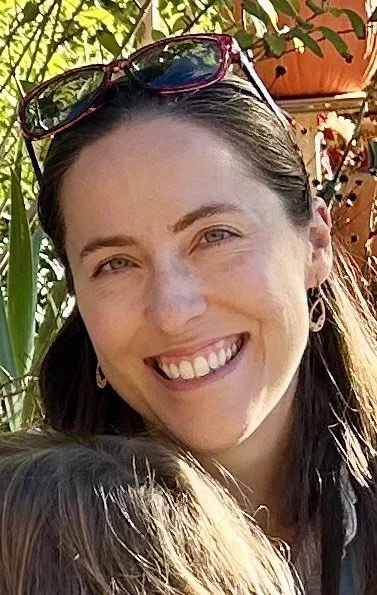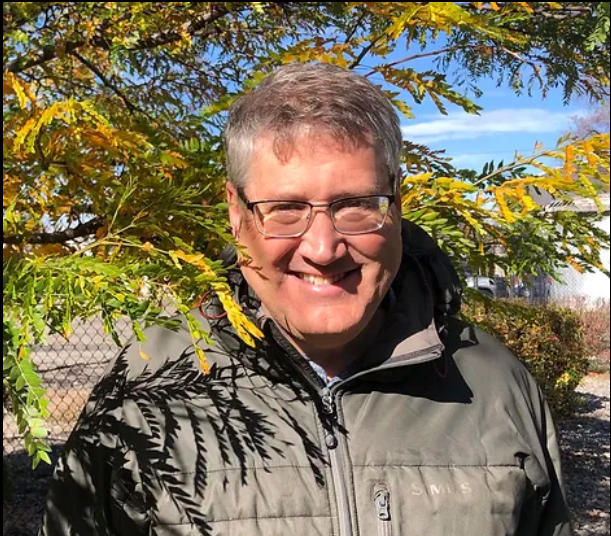
AMV Christmas Bird Count
Join us for AMV's Annual Christmas Bird Count
This the largest citizen science project in the world. The data collected from this count, combined with other surveys, provide a picture of how bird populations have changed over the years. Local trends can provide strategies for protecting birds and their habitats.
Participants will be assigned areas to hike & count and may meet directly at their designated area. Volunteers who joined us in the past will be given preference to cover the same areas they had last year. Everyone is welcome to participate, regardless of experience. New participants can join groups led by experts covering a portion of the count area. Anyone wishing to participate in the count should contact Larry Gersbach at 513-310-0195 or larrygers@aol.com
We are also asking those who do not wish to venture out that day to observe the bird activity around their home bird feeders and yards. This information can be forwarded to Larry Gersbach at larrygers@aol.com and would be greatly appreciated.
Please consider joining us for this important citizen science event. No matter if you are a beginner or an accomplished birder, an enjoyable walk outside with nature looking for birds will refresh the soul.
Join us for a potluck luncheon at 12:30pm after the morning count. It will be held at the Miami University Ecological Center located at 5806 Somerville Road in Oxford.



